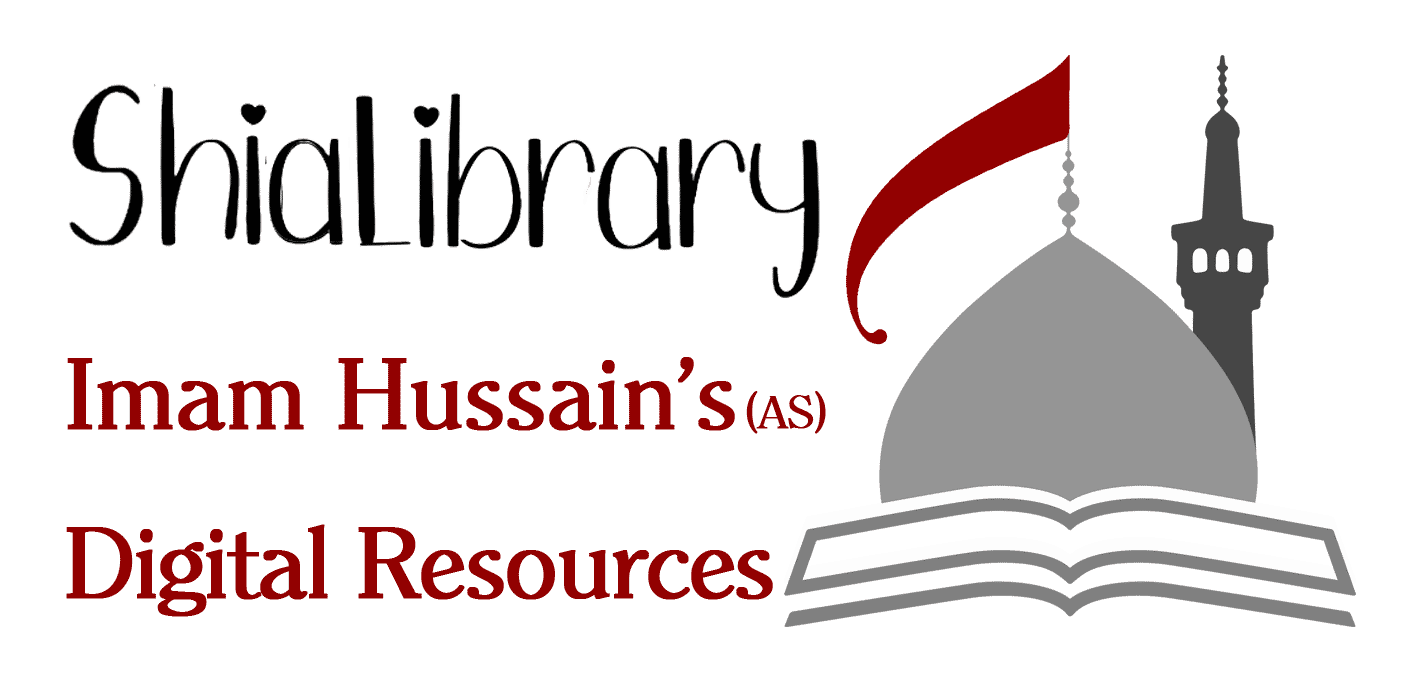The identity of the compiler of Miṣbāḥ al-Sharī‘ah: A critical analysis on the viewpoints and propounding a new view
هویت نگارنده «مصباح الشریعه و مفتاح الحقیقه»؛ تحلیلی انتقادی بر دیدگاهها و طرح نگاهی نو
نویسنده:
محمدی، علی اصغر
روحی برندق
چکیده: Miṣbāḥ al-Sharī‘ah is a book with mystical and moral contents introduced first by Sayyid ibn Ṭawūs. The compiler of the book has never been known. However, since all its one hundred chapters begin with "Qāl al-Ṣādiq ([Imam Ja‘far] al-Ṣādiq said), it is considered among the works attributed to the Imams. Different judgments about the correctness or falsehood of this attribution have been propounded. The judgments made in the course of history about the compiler of this book can be limited to eight persons: Hisham in al-Hakam, Fuḍayl ibn ‘Ayāḍ, Shaqīq Balkhī, Sulaymān Sahrashtī, Abu ’l-Qāsim Qushayrī, Abu ’l-Hasan Shādhlī, al-Shahīd al-Thāhnī, and a mystic from among the Sufis of Khurasan living in the late sixth/twelfth or early seventh/thirteenth century. Analytical findings of this research with the subject of copy recognition of the book, as well as the textual analysis about the book’s contents and also comparative studies with other mystical and historical texts indicate that each of these theories suffer from shortcomings. They also show firstly, the compiler is a Sufi mystic, and secondly, is a Sunni Muslim that textual indications and lack of any reason for his being a Shi’a Muslim proves this claim. Furthermore, the accepted opinion in this research is that the compiler of Miṣbāḥ al-Sharī‘ah is a Sunni Sufi that belongs to an era beginning with the final decades of the fourth century and ending with the final decades of the fifth century AH. The accepted opinion is based on the analysis of manuscripts as well as the historical analysis and stylistics of the works and technical terms of the Sufis. This article has done its best to suggest the innovation of a new probability. مصباح الشریعه و مفتاح الحقیقه کتابی است با مضمونی عرفانی و اخلاقی که برای اولین بار توسط سید بن طاووس معرفی شده است. نویسنده این کتاب هیچگاه مشخص نبوده و از آنجاییکه تمامی باب های صدگانه آن با عبارت «قال الصادق7» آغاز میشود، از جمله آثار منسوب به امامان: به شمار می آید. تاکنون داوری های مختلفی درباره درستی یا نادرستی این انتساب مطرح شده است. داوری های صورت گرفته در طول تاریخ درباره نگارنده این کتاب را میتوان منحصر در هشت شخصیت دانست که عبارتاند از: هشام بن حکم، فضیل عیاض، شقیق بلخی، سلیمان صهرشتی، ابوالقاسم قشیری، ابوالحسن شاذلی، شهید ثانی و عارفی مربوط به اواخر قرن ششم و اوایل قرن هفتم از صوفیه خراسان. یافته های تحلیلی این پژوهش با موضوع نسخهشناسی کتاب و تحلیل متنی درباره محتوای کتاب و بررسیهای تطبیقی با سایر متون عرفانی و تاریخی نشان می دهد که هر کدام از این نظریه ها دارای کاستی هایی هستند. این یافته ها نشان می دهد که نویسنده مصباح اولاً یک عارف صوفی است؛ ثانیاً وی یک سنی مذهب است که وجود قراین متنی و عدم وجود دلیلی بر شیعه بودن وی آن را به اثبات میرساند. همچنین قول برگزیده در تحقیق حاضر آن است که نویسنده مصباح الشریعه صوفی سنی مذهبی است که به بازه زمانی دهه های پایانی قرن چهارم تا دهه های پایانی قرن پنجم تعلق دارد. نظریه برگزیده مبتنی بر تحلیل نسخ خطی و تحلیل های تاریخی و سبک شناسی آثار و اصطلاحات صوفیه است. این مقاله در حد توان، ابداع احتمالی نو را در میان آورده است.

| contributor author | محمدی، علی اصغر | fa |
| contributor author | روحی برندق | fa |
| date accessioned | 2025-03-15T09:41:01Z | |
| date available | 2025-03-15T09:41:01Z | |
| identifier uri | http://hdl.handle.net/110/22354 | |
| description abstract | Miṣbāḥ al-Sharī‘ah is a book with mystical and moral contents introduced first by Sayyid ibn Ṭawūs. The compiler of the book has never been known. However, since all its one hundred chapters begin with "Qāl al-Ṣādiq ([Imam Ja‘far] al-Ṣādiq said), it is considered among the works attributed to the Imams. Different judgments about the correctness or falsehood of this attribution have been propounded. The judgments made in the course of history about the compiler of this book can be limited to eight persons: Hisham in al-Hakam, Fuḍayl ibn ‘Ayāḍ, Shaqīq Balkhī, Sulaymān Sahrashtī, Abu ’l-Qāsim Qushayrī, Abu ’l-Hasan Shādhlī, al-Shahīd al-Thāhnī, and a mystic from among the Sufis of Khurasan living in the late sixth/twelfth or early seventh/thirteenth century. Analytical findings of this research with the subject of copy recognition of the book, as well as the textual analysis about the book’s contents and also comparative studies with other mystical and historical texts indicate that each of these theories suffer from shortcomings. They also show firstly, the compiler is a Sufi mystic, and secondly, is a Sunni Muslim that textual indications and lack of any reason for his being a Shi’a Muslim proves this claim. Furthermore, the accepted opinion in this research is that the compiler of Miṣbāḥ al-Sharī‘ah is a Sunni Sufi that belongs to an era beginning with the final decades of the fourth century and ending with the final decades of the fifth century AH. The accepted opinion is based on the analysis of manuscripts as well as the historical analysis and stylistics of the works and technical terms of the Sufis. This article has done its best to suggest the innovation of a new probability. | en |
| description abstract | مصباح الشریعه و مفتاح الحقیقه کتابی است با مضمونی عرفانی و اخلاقی که برای اولین بار توسط سید بن طاووس معرفی شده است. نویسنده این کتاب هیچگاه مشخص نبوده و از آنجاییکه تمامی باب های صدگانه آن با عبارت «قال الصادق7» آغاز میشود، از جمله آثار منسوب به امامان: به شمار می آید. تاکنون داوری های مختلفی درباره درستی یا نادرستی این انتساب مطرح شده است. داوری های صورت گرفته در طول تاریخ درباره نگارنده این کتاب را میتوان منحصر در هشت شخصیت دانست که عبارتاند از: هشام بن حکم، فضیل عیاض، شقیق بلخی، سلیمان صهرشتی، ابوالقاسم قشیری، ابوالحسن شاذلی، شهید ثانی و عارفی مربوط به اواخر قرن ششم و اوایل قرن هفتم از صوفیه خراسان. یافته های تحلیلی این پژوهش با موضوع نسخهشناسی کتاب و تحلیل متنی درباره محتوای کتاب و بررسیهای تطبیقی با سایر متون عرفانی و تاریخی نشان می دهد که هر کدام از این نظریه ها دارای کاستی هایی هستند. این یافته ها نشان می دهد که نویسنده مصباح اولاً یک عارف صوفی است؛ ثانیاً وی یک سنی مذهب است که وجود قراین متنی و عدم وجود دلیلی بر شیعه بودن وی آن را به اثبات میرساند. همچنین قول برگزیده در تحقیق حاضر آن است که نویسنده مصباح الشریعه صوفی سنی مذهبی است که به بازه زمانی دهه های پایانی قرن چهارم تا دهه های پایانی قرن پنجم تعلق دارد. نظریه برگزیده مبتنی بر تحلیل نسخ خطی و تحلیل های تاریخی و سبک شناسی آثار و اصطلاحات صوفیه است. این مقاله در حد توان، ابداع احتمالی نو را در میان آورده است. | fa |
| language iso | الفارسية | ar |
| language iso | Persian | en_US |
| language iso | فارسی | fa |
| title | The identity of the compiler of Miṣbāḥ al-Sharī‘ah: A critical analysis on the viewpoints and propounding a new view | en |
| title | هویت نگارنده «مصباح الشریعه و مفتاح الحقیقه»؛ تحلیلی انتقادی بر دیدگاهها و طرح نگاهی نو | fa |
| type | مقاله | |
| type | مقاله | ar |
| type | مقاله | en_US |
| journal title | علوم حدیث | fa |
| source Database | ISC | |
| contenttype | فقط بيانات | ar |
| contenttype | Metadata Only | en_US |
| contenttype | فراداده | fa |
| subject keywords | مصباح الشریعه | ar |
| subject keywords | نسخ خطی | fa |
| subject keywords | امام صادق علیه السلام | fa |
| subject keywords | تحلیل محتوایی | fa |
| subject keywords | کتب منسوب | fa |
| year publication | 1399 | |
| source Onlinelink | https://search.isc.ac/DL/Lend%20Service/LendService/Get_TitleSearchResultDetail.aspx?DTC=8&DC=1201197 | |
| pages | 30 |
